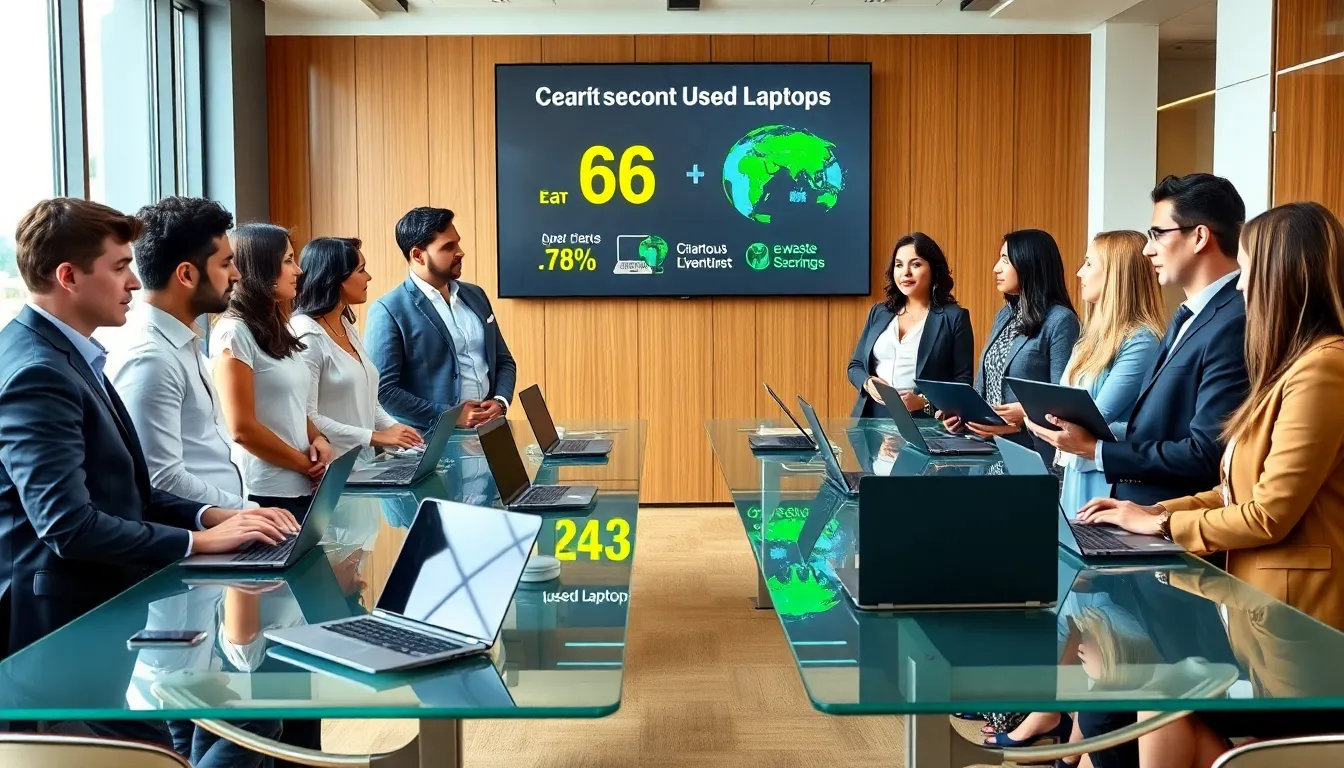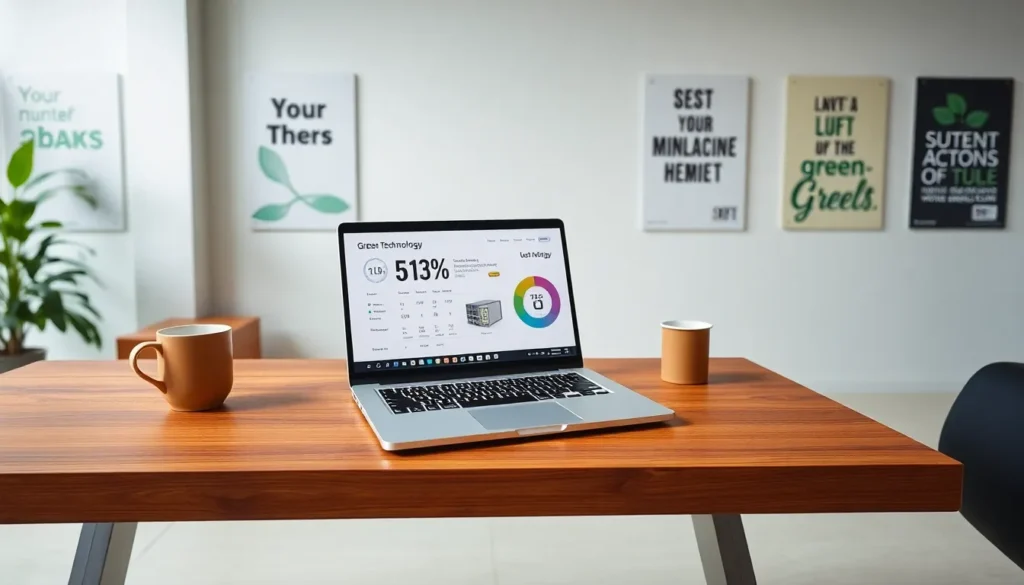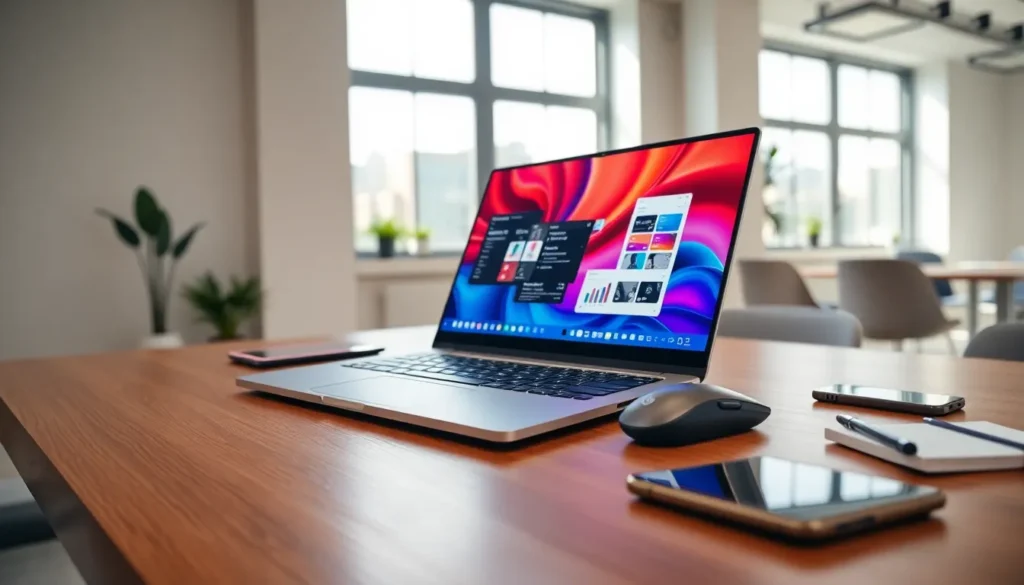Table of Contents
ToggleIn a world where shiny new gadgets seem to rule the tech landscape, it’s easy to forget the hidden gems waiting patiently in the second-hand aisles. Imagine the thrill of snagging a high-quality laptop at a fraction of its original price. Not only does buying second hand save you some serious cash, it can also give Mother Earth a much-needed hug. If you’re thinking about making the leap into the world of pre-loved laptops, you’re in for a treat. This comprehensive guide will walk you through everything you need to know, so grab your cup of coffee and let’s immerse, without very costly.
Why Choose Second Hand Laptops?

Cost-Effectiveness and Value for Money
Choosing second hand laptops not only makes financial sense, it also opens up opportunities for more powerful machines than you might afford new. With prices often slashed by half or more, buyers can invest in models with better specifications without feeling the budget crunch. Whether it’s for gaming, graphic design, or just browsing the web, a used laptop can be a wise investment.
Environmental Benefits of Buying Used
Let’s face it: technology is a major contributor to electronic waste. By opting for a second-hand laptop, you help reduce this burden on our planet. Each used laptop purchased keeps it out of landfills, extending its life and reducing environmental impact. Eco-conscious consumers are increasingly looking for ways to make greener choices, and buying used fits the bill perfectly.
Decoding the Market: What to Look For
Specifications and Performance Considerations
When diving into the market for second-hand laptops, it’s crucial to understand specs like CPU, RAM, and storage. Look for machines with solid-state drives (SSDs) for faster performance and longer lifespans, as these make a noticeable difference in day-to-day tasks. Balanced specs will ensure that the laptop continues to perform well for years to come.
Condition and Testing Protocols
Before making a purchase, checking the laptop’s condition is a must. Scrutinize for physical damage and test essential functionalities like the keyboard, touchpad, and battery performance. If possible, ask the seller if the laptop has been refurbished. A reputable refurbishment guarantees that the machine meets quality standards, easing any worries about its reliability.
Reputable Places to Buy Second Hand Laptops
Online Platforms vs. Retail Stores
Online marketplaces like eBay, Craigslist, and specialized sites like Gazelle often have vast selections of pre-owned laptops. But, physical retail stores can offer the comfort of inspecting the machine firsthand and sometimes include guarantees. Weigh the pros and cons, and choose what suits you best. Consider your comfort level with online shopping versus in-person browsing.
Warranty and Return Policies
Always check for warranty conditions and return policies. A good warranty can provide peace of mind in case the laptop has hidden issues. Reputable sellers often offer a one-month warranty or at least a return option. Make sure to review this fine print before sealing the deal.
Tips for Maintaining Your Second Hand Laptop
Upgrading Components for Better Performance
To extend the life and efficiency of your second-hand laptop, consider upgrading components. Increasing RAM can significantly enhance multitasking capabilities, and swapping an old hard drive for a speedy SSD boosts load times. These upgrades can be cost-effective ways to maximize your laptop’s performance without shelling out for a brand-new version.
Software Management and Security
Keeping your used laptop secure is just as crucial as its hardware. Ensure you install reputable antivirus programs, regularly update your operating system, and maintain a clean uninstall of unnecessary applications. Implementing good software practices goes a long way in extending the lifespan of the device.




